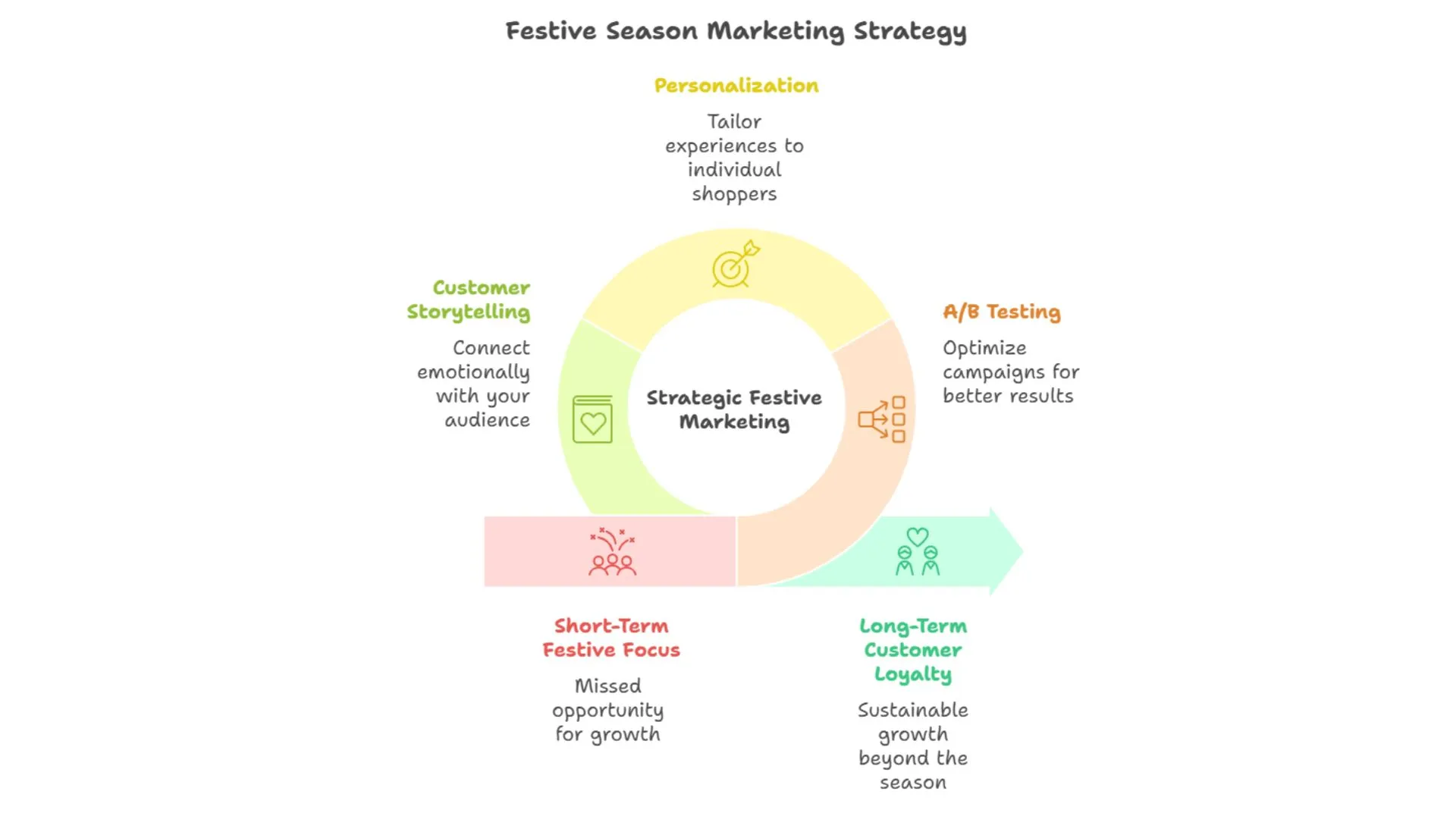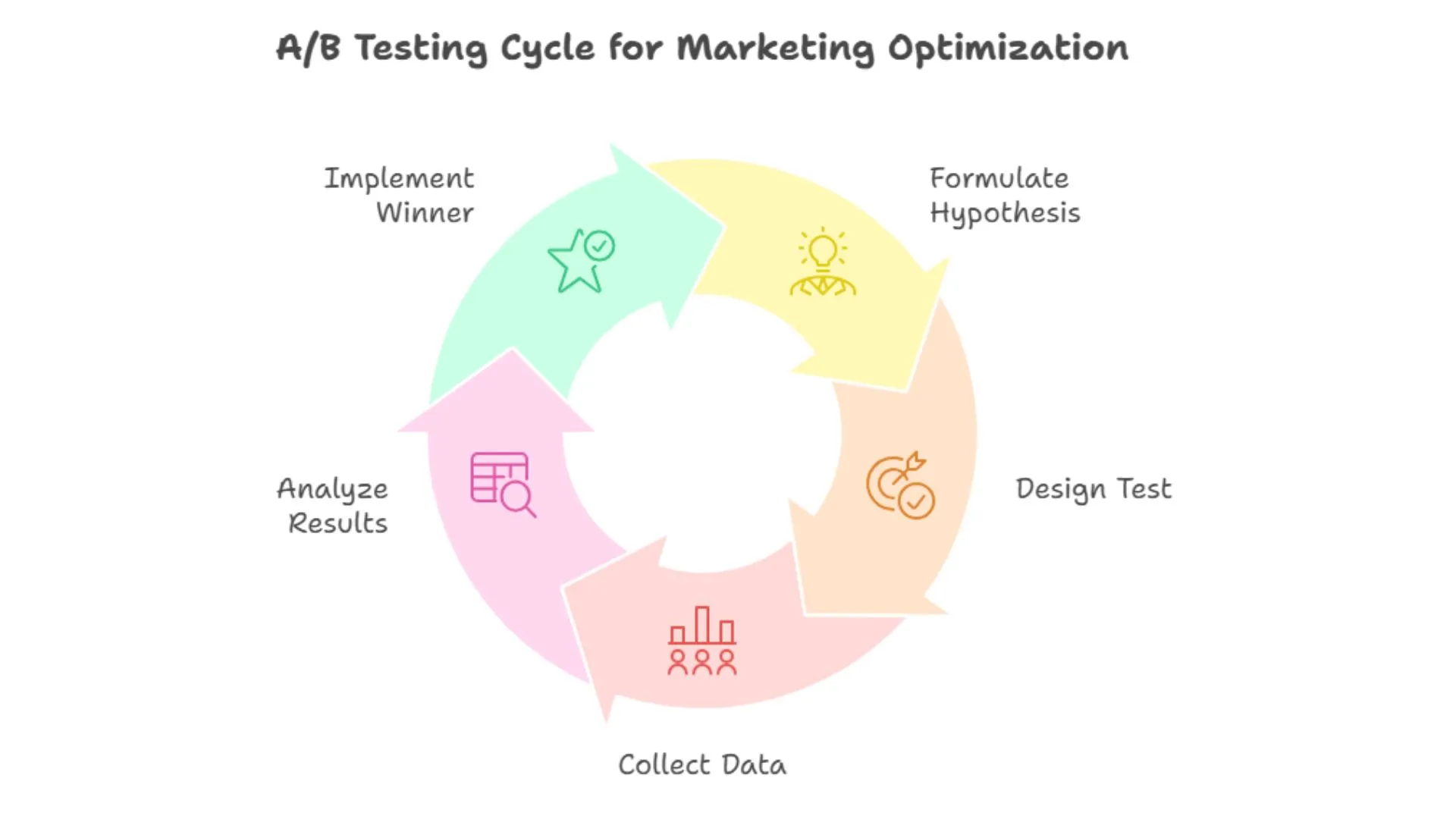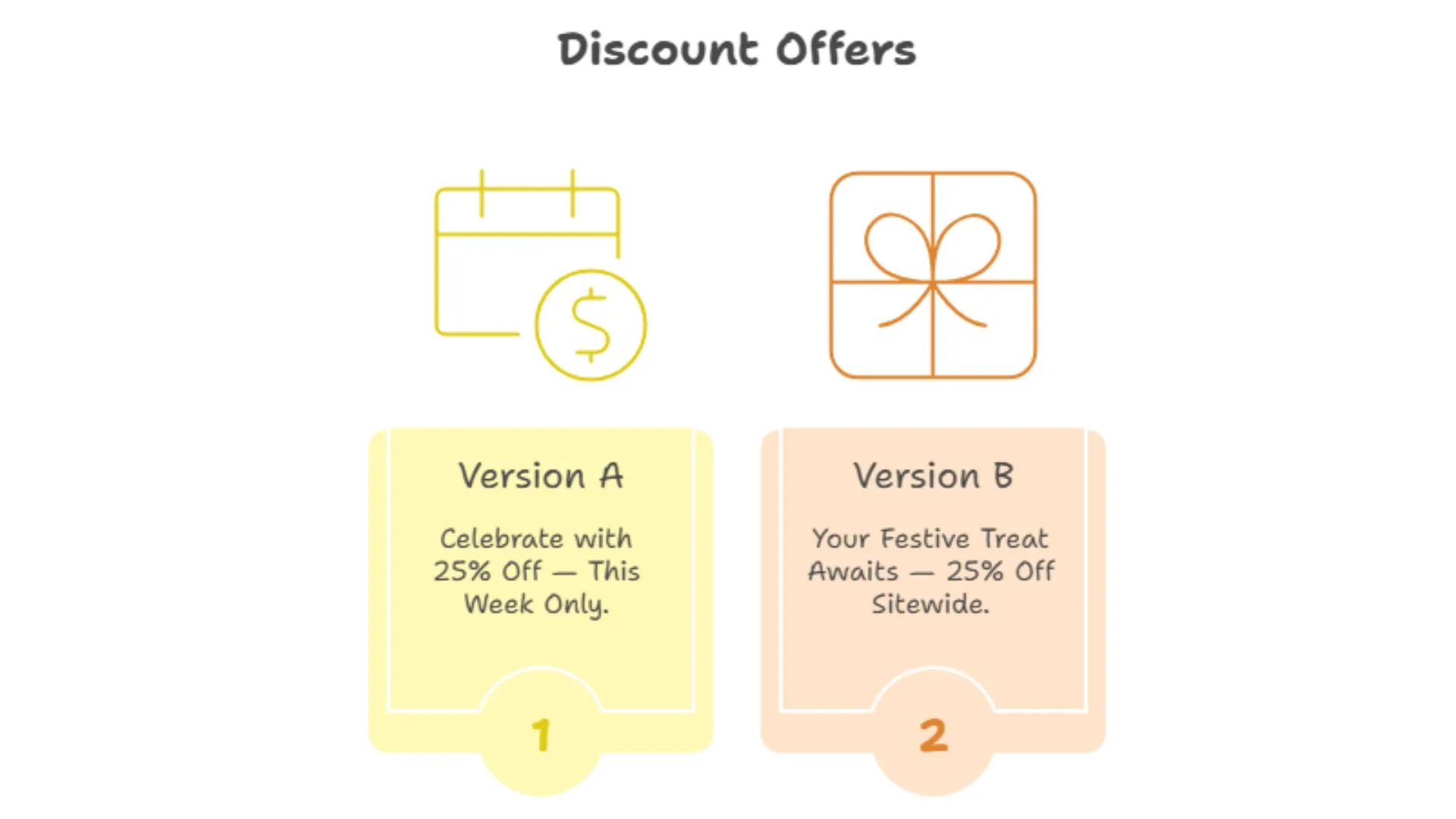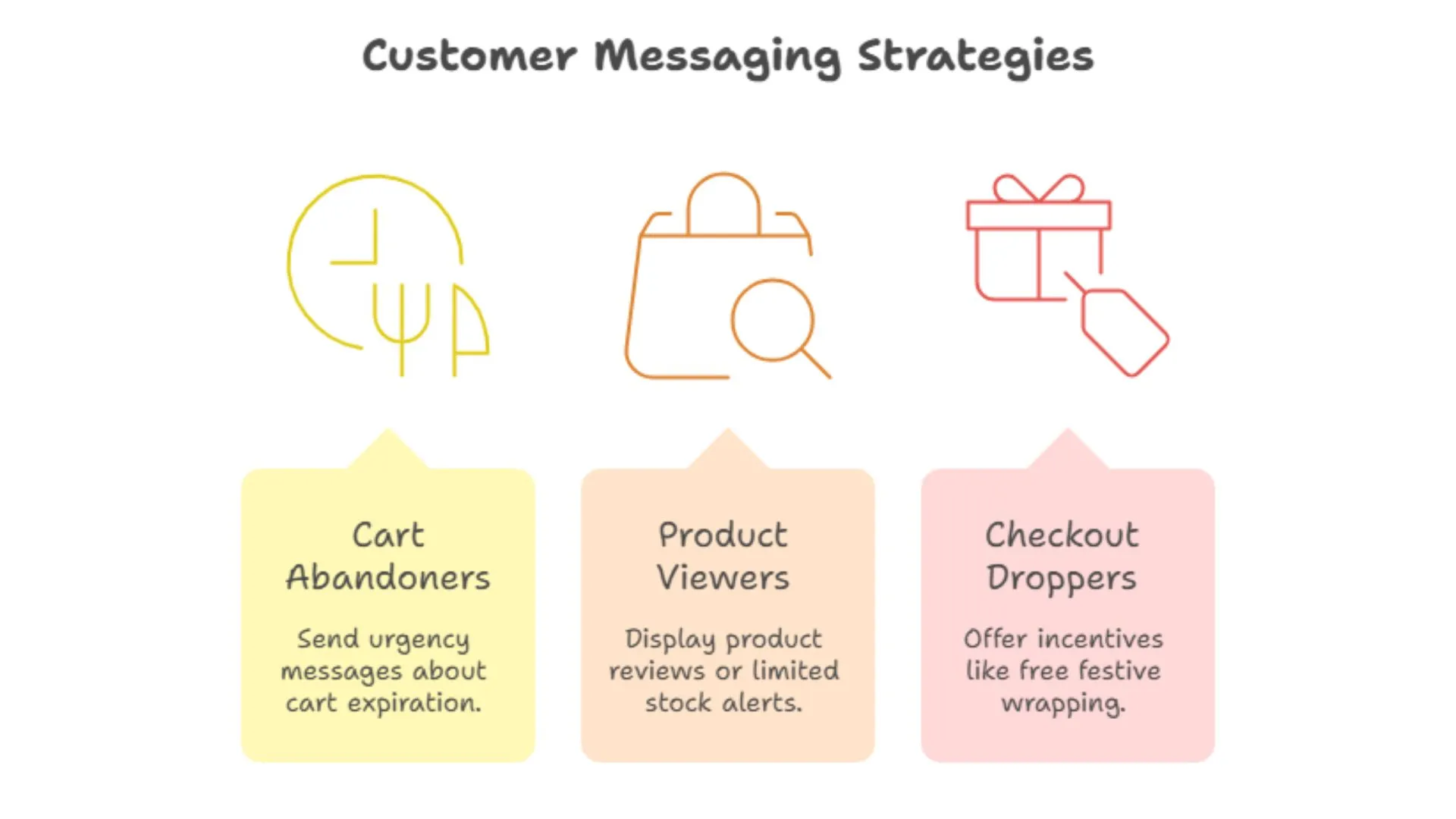Every year, around the festive season, there’s a familiar buzz across ecommerce and D2C brand offices. Campaigns are lined up, designers are rushing to push banners, Meta Ads are getting double the budget, and founders are telling their teams, “This is our make-or-break quarter.”
And they’re not wrong.
The festive season, especially in markets like India, is when brands can unlock disproportionate growth, if they plan right. But while most brands go all-in on discounts and influencer campaigns, very few actually prepare strategically. They often treat the festive rush like a sprint, when in reality, it’s more of a marathon that rewards preparation, data, and smart execution.

This guide walks you through the fundamentals, the Marketing 101 for Festive Season, with practical frameworks, examples, and tactics to help your ecommerce store not just survive the chaos but emerge stronger. We’ll explore how A/B Testing, personalisation, and customer-centric storytelling can turn seasonal shoppers into long-term loyalists, with insights drawn from real D2C growth playbooks and tools like CustomFit.ai.
In the last few years, festive campaigns have transformed. Earlier, they were about “sales.” Today, they’re about competition for attention.
Every D2C brand now has the same toolkit, performance ads, influencer marketing, email sequences, discounts. What differentiates the best performers from the rest is how they plan, test, and optimise every touchpoint.
During the festive window, the average cost per click (CPC) on ad platforms spikes by 30–50%. Meanwhile, customer attention spans shrink. You might get the traffic, but turning that into conversions is the real challenge.
This is where A/B Testing and personalised marketing come into play. Instead of relying on assumptions, you can use data to validate what works best, before spending heavily.
A well-run A/B Testing Platform can help you decide:

Small experiments like these can increase conversion rate ecommerce significantly, without additional ad spend.
Most brands start planning for festive sales by asking: “When should we start our offers?” But the smarter question is: “Who are we targeting and what are they looking for this season?”
Before designing your campaigns, segment your audience:
Once you know your audience, you can map their motivations. For example, festive buyers often fall into emotional categories:
By aligning your campaign messaging and creatives to these mindsets, your marketing starts speaking directly to the buyer’s emotion, not just their wallet.
This is where tools like CustomFit.ai help D2C brands personalise their ecommerce stores dynamically, showing gift-related offers to certain audiences, and urgency timers to others.
The biggest mistake ecommerce stores make? Waiting until the festive week to start marketing.
The best-performing D2C brands begin warming up their audience weeks in advance, with teaser emails, storytelling content, early-bird offers, and sneak peeks.
For example:

Warm-up campaigns prime your audience emotionally, while your A/B Testing Platform helps you identify what’s working, so by the time the sale goes live, you’re not guessing, you’re executing with confidence.
During high-traffic seasons, creative performance can make or break your conversion funnel. Unfortunately, many brands settle on one version of their festive creative and push it across all channels.
But one banner doesn’t fit all.
A data-backed approach is to A/B Test your creatives — headlines, images, CTAs, even background colours.
For example:

While both sound similar, one might outperform the other drastically.
Platforms like CustomFit.ai make this easy for ecommerce brands by allowing you to modify, test, and analyse variations without touching code. You can run simultaneous tests on landing pages, banners, and even pop-ups, learning what truly converts before the big push.
Your festive traffic is too precious to dump on your regular homepage. A dedicated festive landing page does three things:
Here’s what a high-converting festive landing page typically includes:
Before going live, A/B test your landing page. Try different headline placements, discount presentations, and CTA styles. Often, a simple text change can boost engagement by double digits.
Festive marketing thrives on relevance. The more personalised your messaging, the better your results.
Personalisation doesn’t have to be complicated. Start small:
Platforms like CustomFit.ai simplify this by letting ecommerce brands create personalised versions of web experiences for different audiences, no coding required. The result? Customers feel seen, understood, and more inclined to buy.
Festive traffic spikes are a goldmine for retargeting. But most brands handle retargeting poorly, spamming visitors with the same ads they’ve already seen.
Instead, use segmented retargeting strategies:

Combine this with A/B Testing to find which retargeting creatives or ad formats perform best.
In D2C ecommerce, mobile traffic often accounts for 70% or more during the festive rush. Yet, many websites still load slowly or have broken layouts on mobile.
Before the festive season, audit your mobile experience:
Run ab tests comparing one-page vs multi-step mobile checkout flows. Often, you’ll discover that removing just one field (like “alternate phone number”) can dramatically reduce abandonment.
The festive season is emotional. People buy to connect, celebrate, and express care.
Brands that rely solely on discounts blend into the noise. Brands that tell stories stand out.
For example, a D2C brand could:
An A/B Test can help you measure whether emotional storytelling banners perform better than promotional ones, and often, they do.
Don’t drown in vanity metrics during festive campaigns. Focus on KPIs that reflect real impact:
Use your A/B Testing Platform and analytics tools to connect these metrics to specific experiments. For instance, if your “Free Delivery” banner improved AOV by 8%, that’s a learning you can carry beyond the festive season.
After the rush, many brands go quiet. But post-festive periods are goldmines for retention.
Reach out to customers who purchased during the sale:
You can also A/B Test post-purchase email subject lines or loyalty page designs to maximise engagement.
This stage builds relationships that sustain long after the festive season ends.
Most festive campaigns are built on creative instinct, and that’s fine, but instincts without validation are risky when stakes are high.
An A/B Testing Platform like CustomFit.ai gives you the structure to experiment, validate, and scale. You can test:
Each test teaches you something new, and that learning compounds over time.
Think of A/B Testing as your insurance policy against guesswork during the busiest sales period of the year.
If every campaign you run, festive or not, gives you one new insight, you’re building a foundation for long-term growth.
That’s the beauty of A/B Testing. It’s not a one-time activity; it’s a mindset.
Your next year’s festive success won’t depend on luck or trend-following. It’ll depend on the data you collected and the learnings you applied this year.
That’s how the best D2C brands grow sustainably, by using experiments as their compass, not opinions.
Q1. What is the best time to start festive marketing for ecommerce?
Ideally, 3–4 weeks before the main sale. This allows time for warm-up campaigns, audience testing, and A/B Testing before going live.
Q2. How can A/B Testing improve festive campaigns?
A/B Testing helps identify which creatives, offers, and CTAs perform best. It removes guesswork, saving ad spend while increasing conversion rate ecommerce.
Q3. What tools can help in festive campaign optimisation?
Platforms like CustomFit.ai provide a no-code A/B Testing Platform for ecommerce stores, allowing marketers to test visuals, copy, and layouts in real time.
Q4. Should D2C brands prioritise discounts or storytelling?
Both matter, but storytelling differentiates your brand. A/B test emotional messaging versus offers to find the right balance.
Q5. How do I increase conversion rate ecommerce during festive season?
Optimise landing pages, personalise experiences, test CTAs, and ensure your mobile experience is seamless. Small tweaks compound into major gains.
Q6. Can small ecommerce stores benefit from A/B Testing?
Absolutely. Even with moderate traffic, focusing tests on high-impact areas (like checkout or product pages) can yield valuable insights.
Q7. What happens after the festive season?
Continue engagement through thank-you campaigns, feedback requests, and loyalty offers. Test retention strategies just like acquisition campaigns.
Q8. How does personalisation fit into festive marketing?
Personalisation allows you to show relevant offers and messages to each segment, making campaigns more effective and less intrusive.
Festive seasons can either be a flash in the pan or a long-term growth engine for ecommerce and D2C brands. The difference lies in preparation, testing, and personalisation.
Don’t rely on one big campaign to do the heavy lifting. Instead, think of festive marketing as a series of experiments, each designed to understand your audience better.
With platforms like CustomFit.ai, A/B Testing and personalisation become simpler, faster, and more intuitive, even for non-technical teams. The brands that embrace this mindset don’t just win festive sales, they win customer trust and loyalty.
So as the season approaches, take a step back. Map your audience. Test your ideas. Measure what works. And let your festive strategy be driven not by trends, but by data and empathy.
That’s the real Marketing 101 for the festive season.